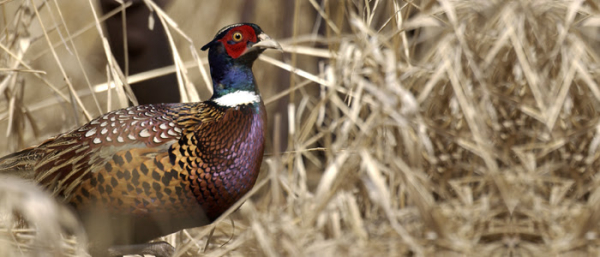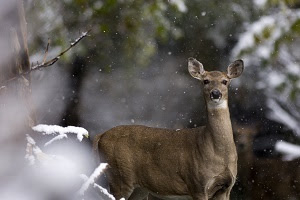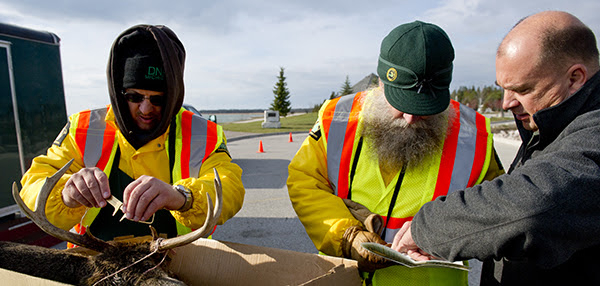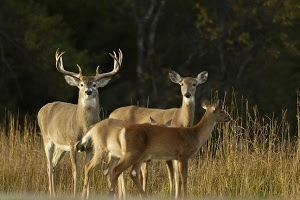Mossberg-Sponsored WILDCraft Video Series
North Haven, CT – Mossberg is pleased to announce the recent release of the video series, WILDCraft, which takes viewers on a journey through the eyes of hunters in remote, wild locations. In Season One, a group of renown editors and writers travel to Fort Richmond Safaris in the rugged mountains of South Africa’s Northern Cape for free-ranging kudo and other local species with Mossberg Patriot™ bolt-action rifles in hand. WILDCraft: South Africa, Episodes One through Four, is now available through Amazon® Prime Instant Video at https://www.amazon.com/Wildcraft-South-Africa/dp/B07ZDLMGFW.
Not-your-typical hunting series, WILDCraft: South Africa goes beyond the hunt; addressing the challenges of each hunter’s adventures in the field and sharing their successes and failures around the campfire at the end of the day. The captivating series also focuses on the culture, the people and the positive impact of hunting in the local community.
Mossberg Patriot bolt-action rifles were the perfect accompaniment for the hunters in the wilds of South Africa. Rugged, dependable and accurate, the Patriot series of mag-fed, bolt-action rifles combine the most requested features of Mossberg’s field-proven centerfire rifles in a premium bolt-action platform. Available in 15 calibers ranging from 6.5mm Creedmoor to 375 Ruger, there is a Patriot to meet your needs. Classically-styled options include choice of Premier 2.0 Grade European walnut to durable synthetic to field-ready scoped combo versions with Vortex® Crossfire II 3-9x40mm riflescopes. The Patriot also offers Mossberg’s user-adjustable LBA trigger system for a clean, crisp trigger break; streamlined bolt handle; aggressively-checkered bolt knob and spiral-fluted bolt. Select models are available with fiber optic rifle sights; suppressor-ready, threaded barrels; and Cerakote® finishes. Read more









